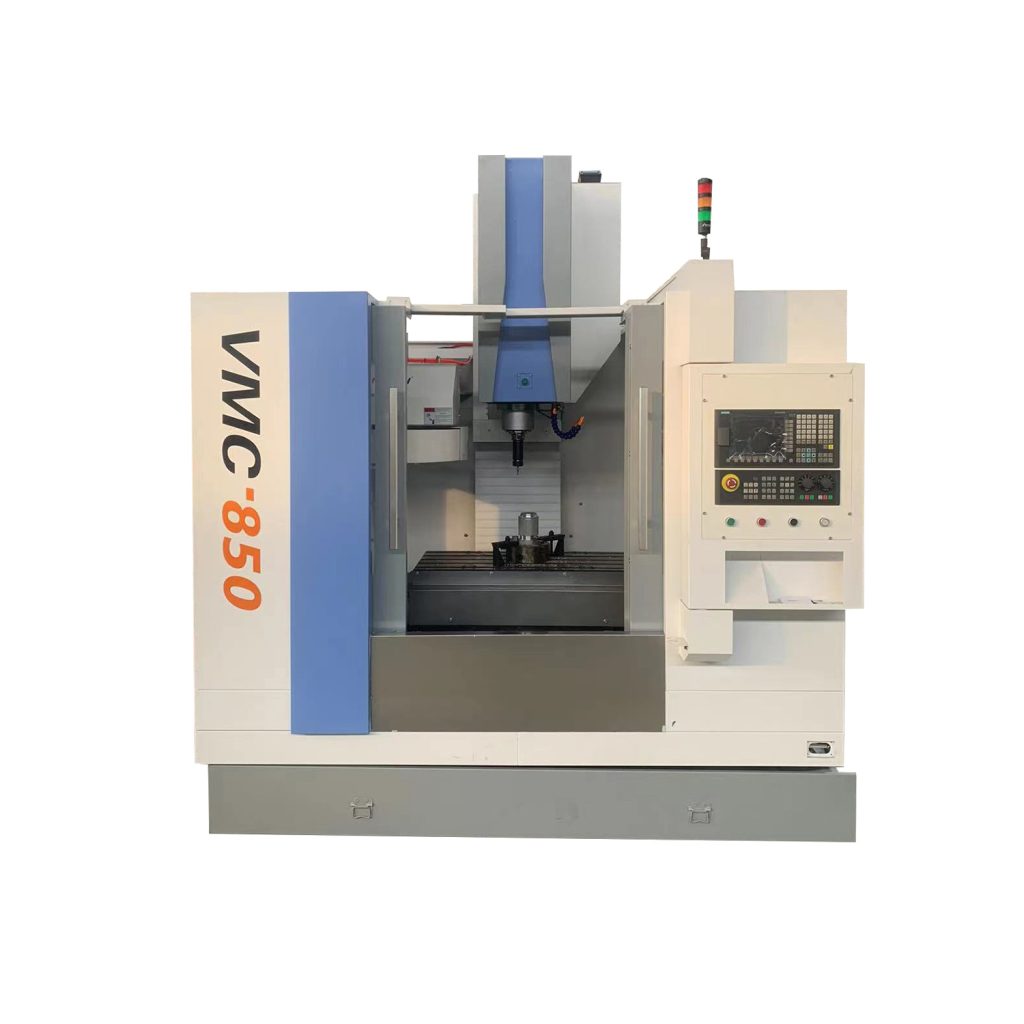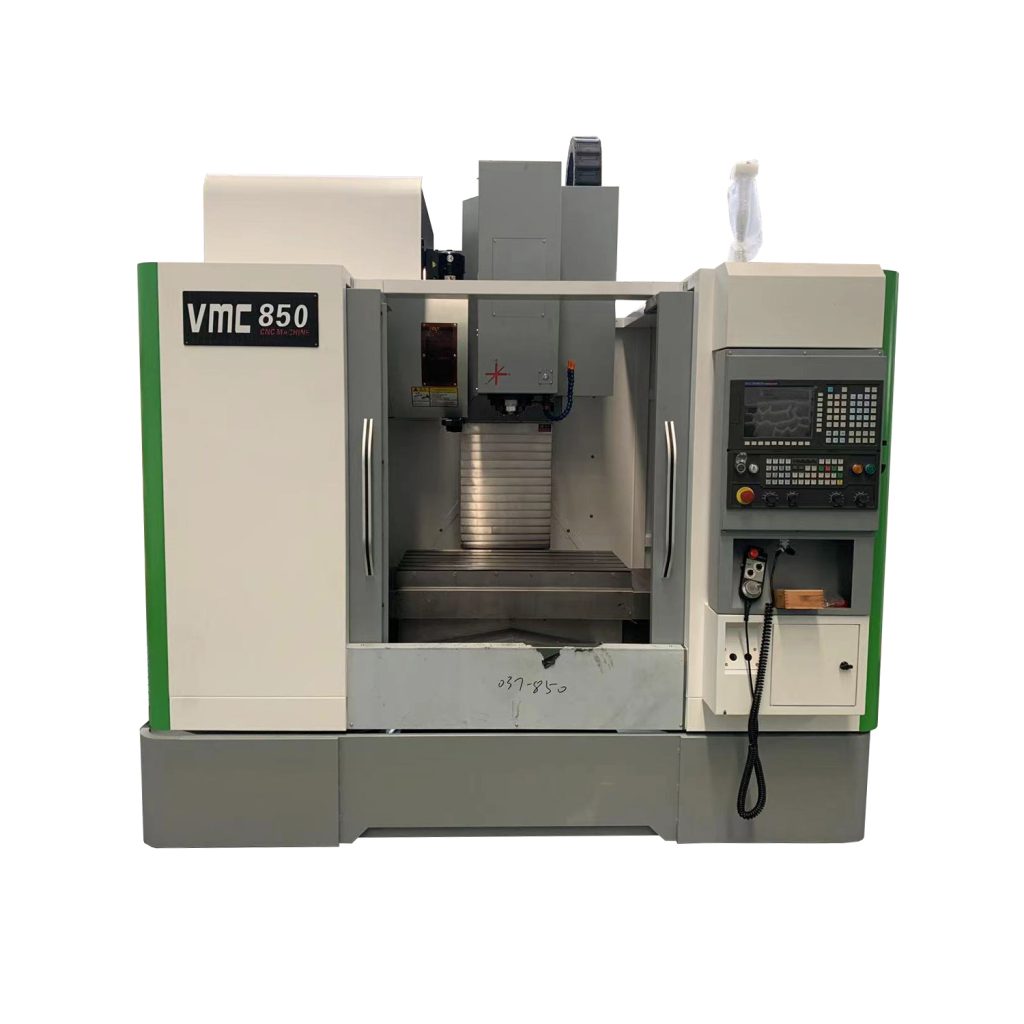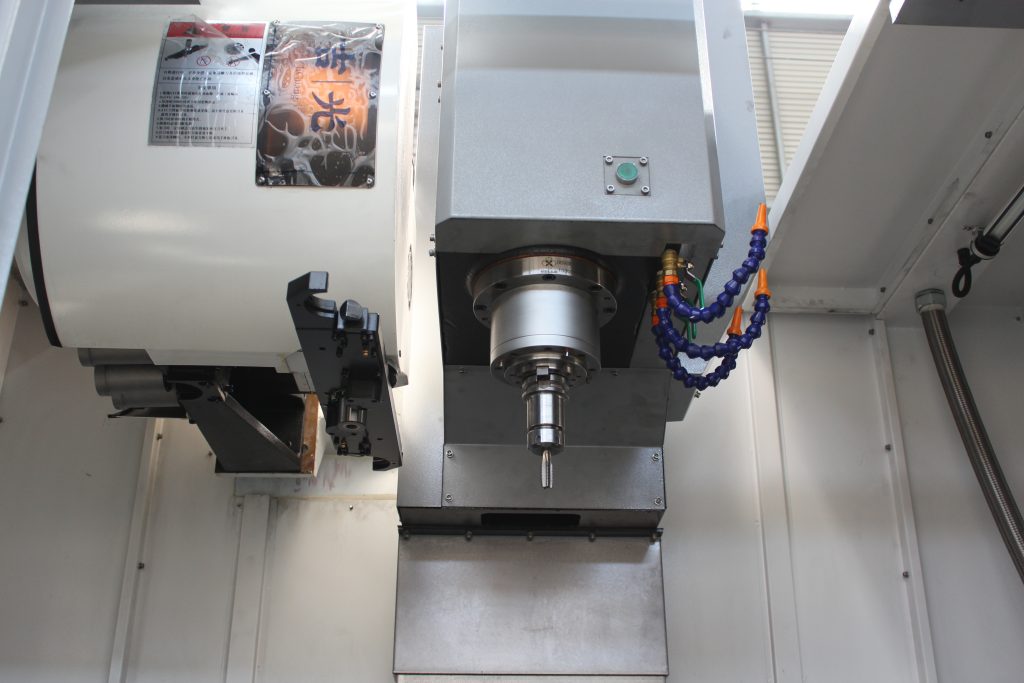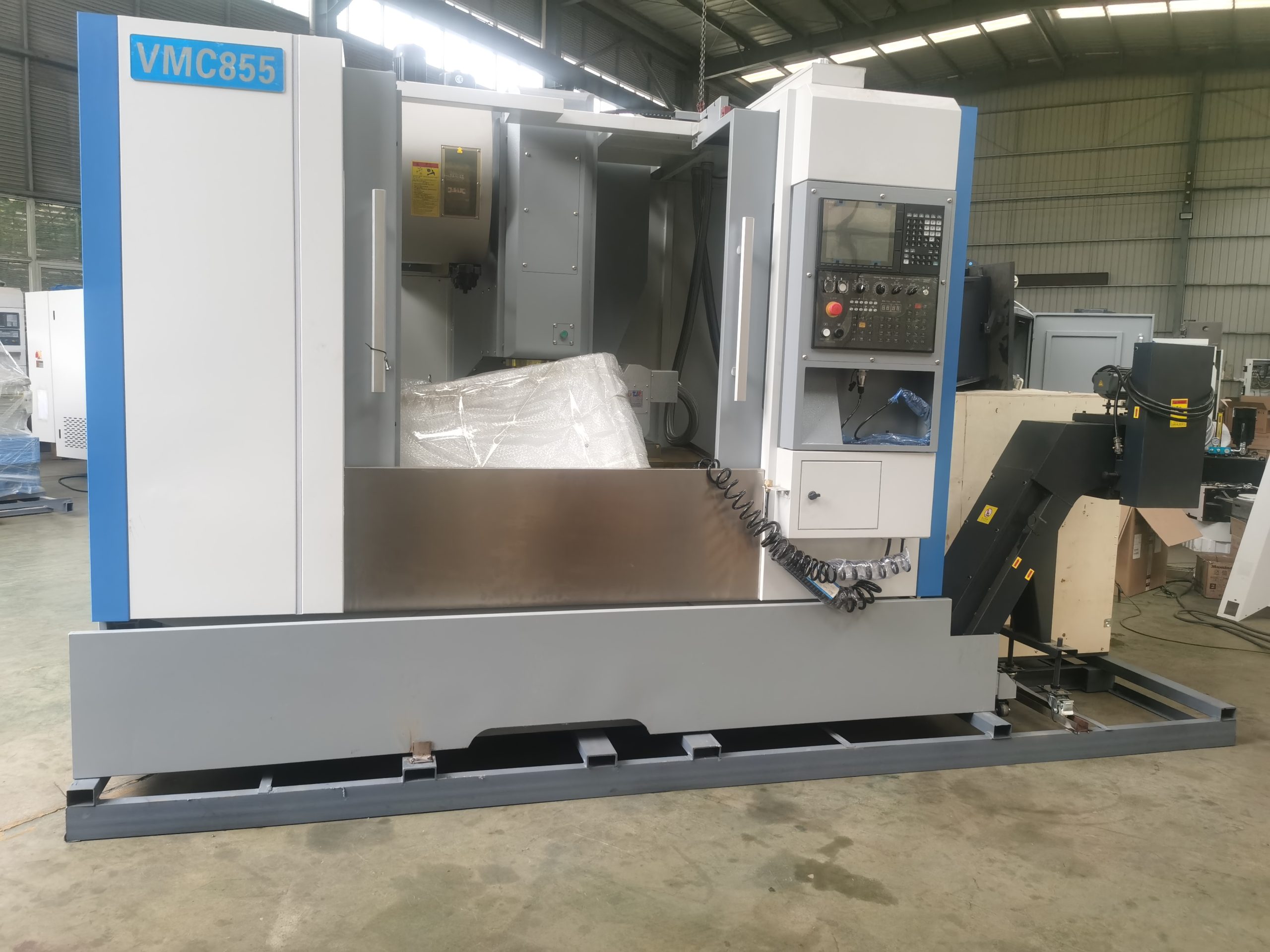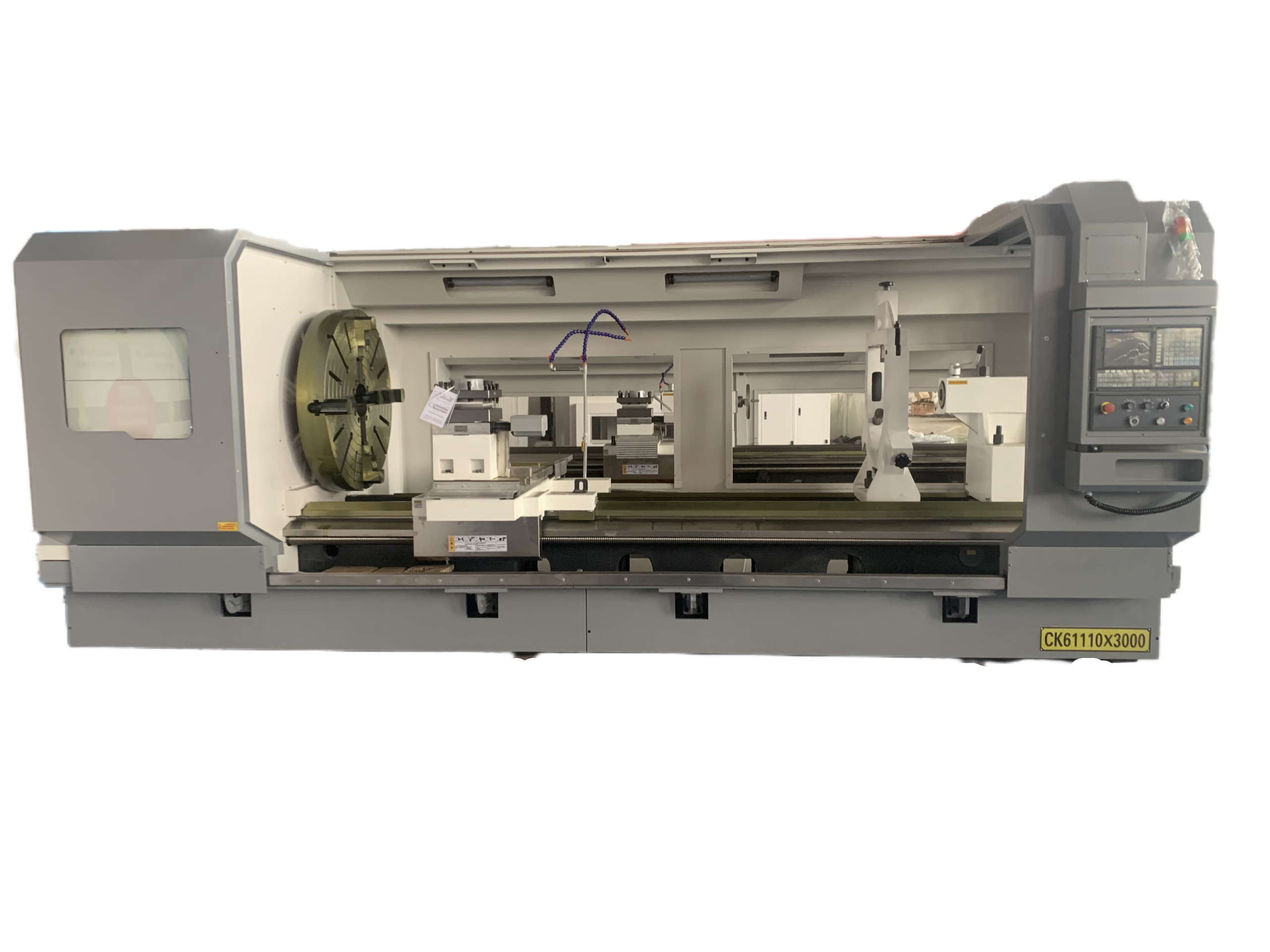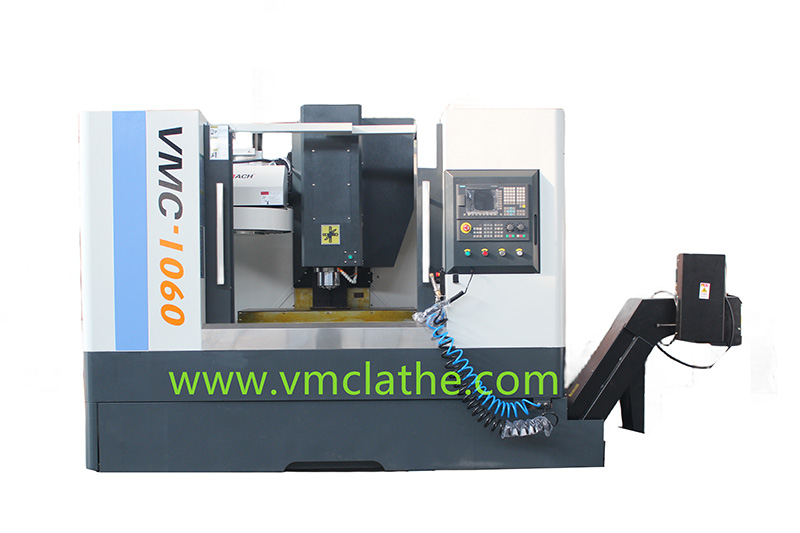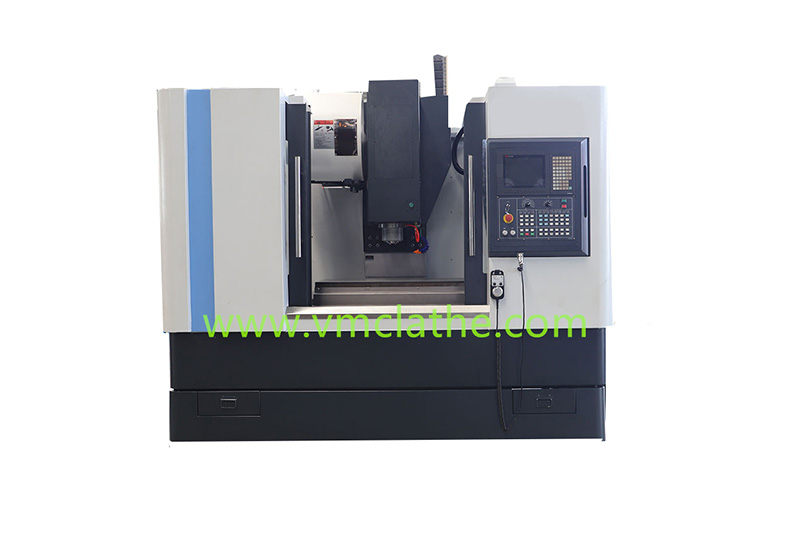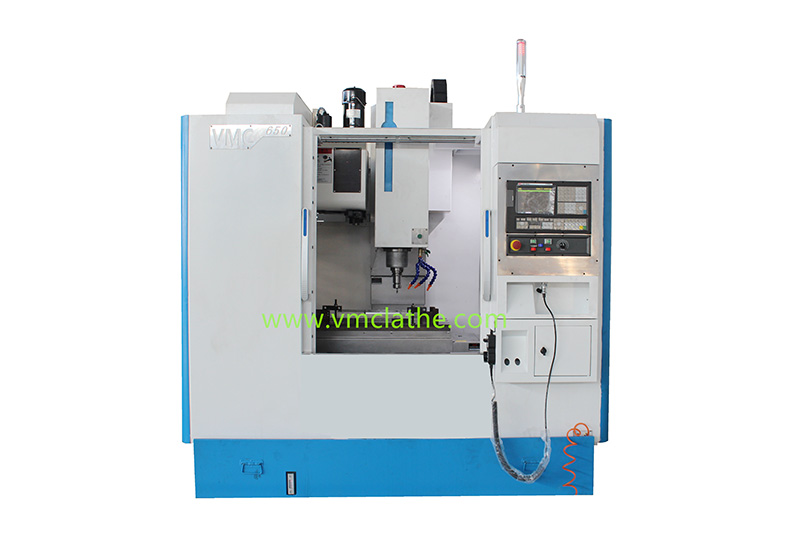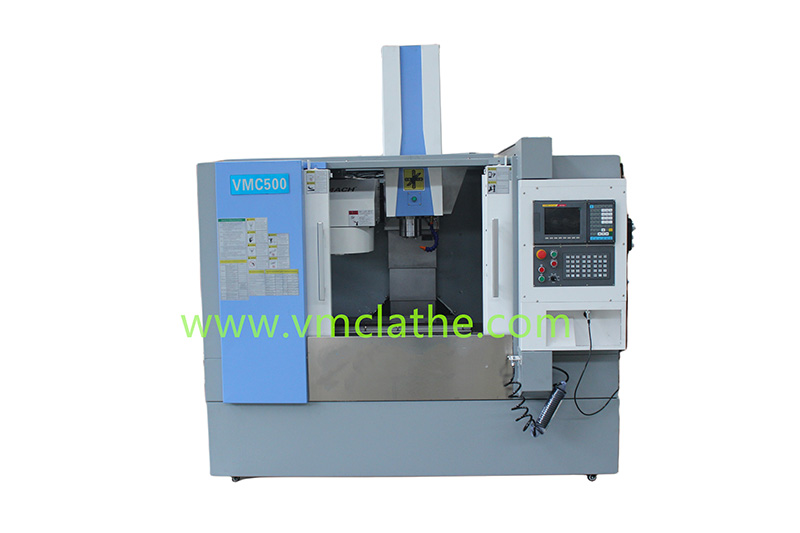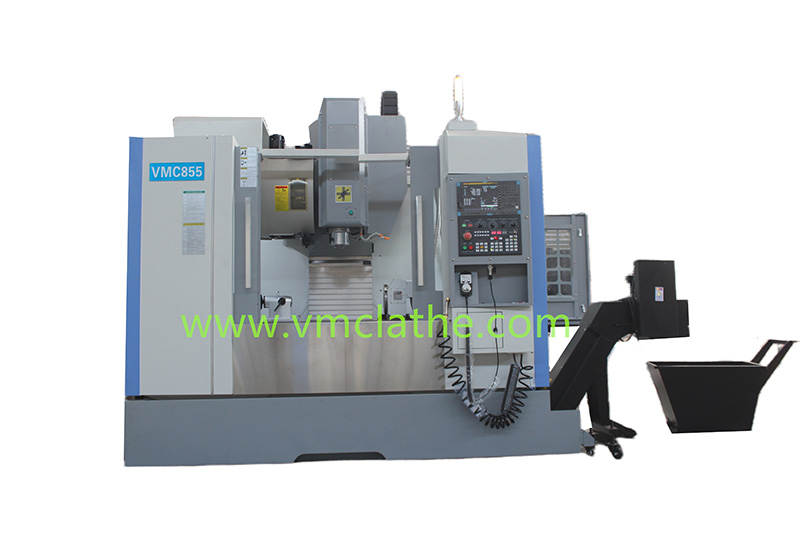The following is a detailed comparison of the two:
1. Performance and functions
(1) Siemens 828D
A. High performance: 828D is a compact CNC system launched by Siemens with excellent CNC performance.
B. Multi-function: It integrates CNC, PLC, operation interface and axis control functions, and supports both turning and milling process applications.
C. High precision: It uses interpolation calculation based on 80-bit floating point numbers and nanometer calculation accuracy to ensure the control accuracy of the system.
D. Multi-axis control: It can control up to 6 axes and perform 4-axis linkage interpolation.
(2) Siemens 808D
A. Popular: 808D is a popular CNC product developed by Siemens for the special needs of the Chinese market.
B. Basic functions: Although it also has basic functions such as CNC, LCD, MDI, etc., its performance and functions are relatively basic compared to 828D.
C. Fewer axis control: supports up to 5 axes/spindles and 1 processing channel, and the axis control and linkage capabilities are lower than those of 828D.
2. Scope of application
(1) Siemens 828D
A. Widely applicable: suitable for large-scale processing, standard machine tools with low modularity, and more complex turning, milling and grinding processing.
B. High performance requirements: suitable for applications that require high performance and flexibility.
(2) Siemens 808D
Popular application: mainly suitable for turning and milling applications, suitable for users who need basic CNC functions and high cost performance.
3. Design structure
(1) Siemens 828D
A. Compact design: simple and compact appearance, the system uses NV-RAM technology for data storage and protection.
B. Maintenance-free: no battery, no hard disk, no fan design, to achieve maintenance-free system.
C. Advanced interface: Equipped with a 10.4″ or 15.6″ color display, as well as USB, CF card (suitable for 10.4″) and RJ45 interfaces, which facilitate data transmission and connection.
(2) Siemens 808D
A. Integrated structure: It adopts a CNC/LCD/MDI integrated structure, and the display is 7.5″ color.
B. Basic interface: The interface and expandability are relatively limited, mainly meeting basic CNC needs.
4. Intelligent features
(1) Siemens 828D
A. Intelligent operation: It adopts a graphical user interface, and the operation buttons use figurative icons with “animation support” function.
B. Intelligent processing: It has automatic position detection and compensation functions, can automatically determine the workpiece zero offset, integrated temperature compensation function, etc.
C. Intelligent maintenance: It has convenient data management function, backup management function and maintenance plan function.
D. Intelligent management: It can identify the tools in the tool magazine, support text naming of tools, and has tool management function.
(2) Siemens 808D (relatively weak)
The 808D is relatively weak in terms of intelligence and mainly meets basic CNC processing needs.
In summary, there are significant differences between the Siemens 828D and 808D CNC systems in terms of performance, functions, scope of application, and design structure. Users should choose a suitable CNC system based on specific application requirements and budget.

